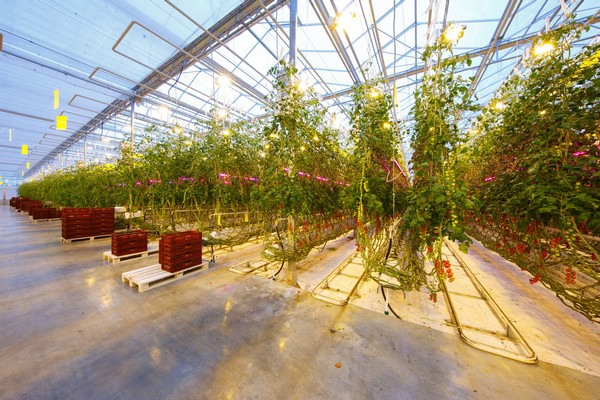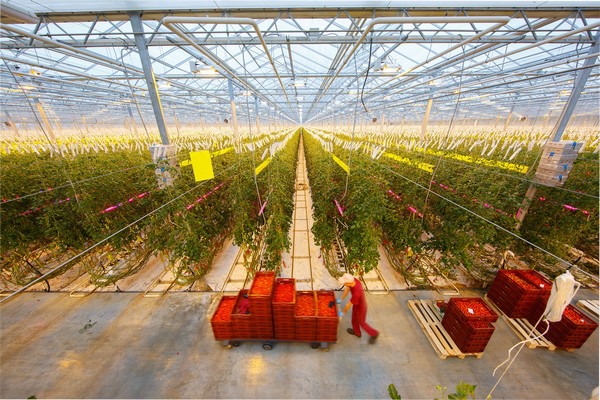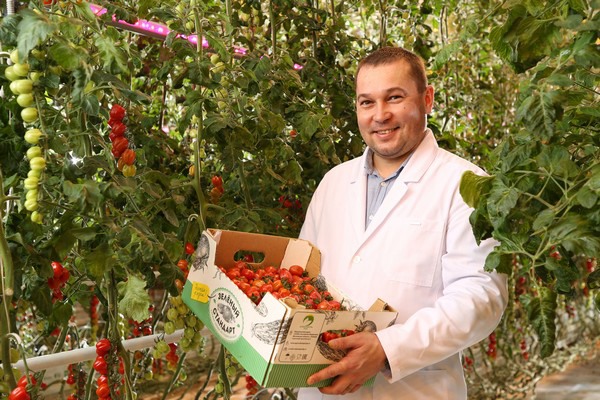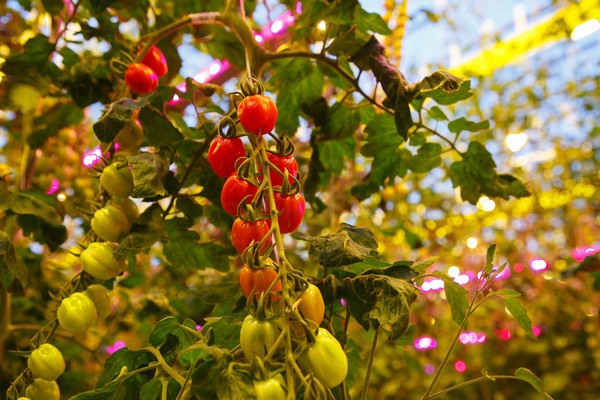Signify has implemented a pilot project at the greenhouses of Agrokultura Group, LLC. According to the results from the trial period, the combination of HPS and Philips GreenPower LED interlighting has increased tomato yields by almost 24% during the winter period.

The Agrokultura Group is located in the Moscow region and is one of the largest suppliers of greenhouse vegetables. The company has 80 hectares of greenhouses, all equipped with HPS lighting. Signify has equipped 1 hectare of these greenhouses with a hybrid system based on Philips 1000W HPS lamps and Philips GreenPower LED interlighting. The goal of this trial was to compare yields using different lighting solutions. In the last two years, the combination of LED interlighting and HPS has increased yields in Confetto tomatoes by 18% per year, and the yields were increased by almost a quarter (+24%) during the period of highest demand - from November to early March. At the same time, energy savings were achieved: the same amount of light generated by HPS consumes over 40% more electricity. Also, LED interlighting proved 50% more efficient than HPS.

"Agrokultura Group is one of Russia's largest industrial greenhouse projects, clustered in one location. To ensure a consistently high level of yield and crop quality, we use advanced technology such as drip irrigation, climate control systems, safe crop protection methods, and so on. We know how important the right light is for the plants, so therefore, when it came to increasing yields, we turned to Signify. The strategy we chose together with the Signify specialists paid off: this season we got excellent results," says Vladimir Chernyshov, General Director of Agrokultura Group.

"2020 has shown us how important self-sufficiency in food supply can be for a country, regardless of the circumstances. Advanced lighting systems can help companies respond to the growing demand for locally grown vegetables by increasing yields and reducing energy consumption costs," says Eric Benedetti, Vice President and General Manager of Signify in Russia. “The results at Agrokultura once again highlighted our expertise and experience in greenhouse lighting”.
Why a combination of HPS and GreenPower LED interlighting is more efficient
For growth and development, a crop needs a considerable amount of light. For example, a tomato crop needs about 15 moles of light per day. Then the photosynthesis process will be efficient enough for the greenhouse to produce high yields. However, about a third of natural sunlight in a greenhouse does not reach the plant bed due to reflection by the glass, shading by metal constructions, curtain systems and lighting modules. In addition, sunlight has a greater variety of wavelengths than the crop actually needs; the crop consumes light only in the PAR (Photosynthetically Active Radiation) range. For this reason, the amount of sunlight cannot be compared to the amount of artificial light: LEDs provide more wavelengths of the right spectrum for the crop. The need for supplementary lighting is not questioned by specialists. The most important task is to choose a lighting system that will increase yields and reduce operational costs, which have a significant impact on the cost of production. One way to achieve this is to use a hybrid lighting system based on HPS lamps for top lighting and LED solutions for intercanopy lighting.

The LED modules produce very little heat, which means that they can be used in the cenosis zone: the area of the crop where the fruits form. When only the light is used from above, no more than 10% of the light reaches the bottom of this area. However, by combining top- and intercanopy lighting considerably higher yields are achieved with the same amount of light.
